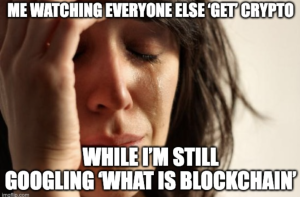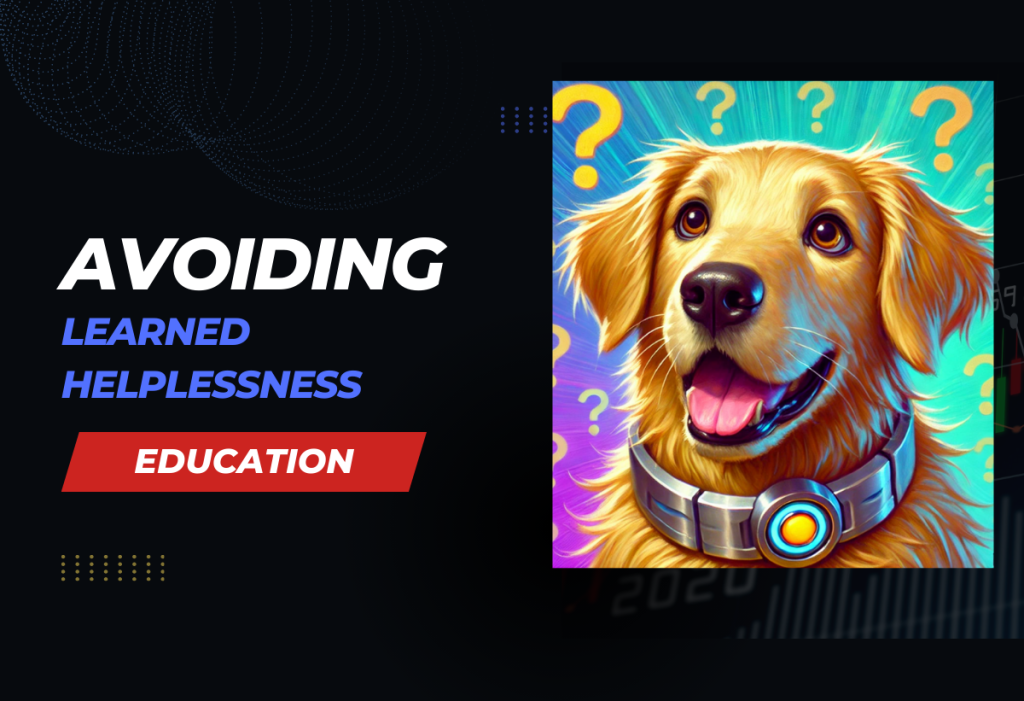
Not too long ago, I watched a video that left a lasting impression on me—so much so that I find myself thinking about it when I’m deep in the weeds of crypto trading or just trying to grasp a new concept. It was a simple classroom experiment, but the impact it had on those students is something that echoes in many areas of life, including the world of cryptocurrency.
Let me walk you through it.
The Experiment: A Lesson in Perception
In the video, a teacher decided to run an experiment on her students. She handed out sheets of paper with three words on them. The instructions were straightforward: these words were anagrams, and the students needed to unscramble them. She told them to raise their hands as soon as they had solved the first word.
Once she said “start,” something interesting happened. Within just three seconds, the students on the right side of the classroom began shooting their hands up. Meanwhile, the left side of the room was still staring at their sheets, eyes darting between their papers and the hands raised on the right side. You could almost feel the pressure building, the unspoken questions hanging in the air: “Why am I not getting this? What’s wrong with me?”
The teacher gave them another five seconds before she moved on to the second word. And once again, the right side finished almost instantly, while the left side continued to struggle. By now, you could see the frustration etched on their faces. It was written all over them—”Why can’t I get this?”
Finally, they moved to the third word. And, as you might guess, the same thing happened. Hands shot up on the right, and the left side of the room was practically pulling their hair out.
The Reveal: A Trick of the Mind
Then, the teacher paused the class. She looked at them and said, “I tricked all of you.”
Turns out, the students on the left side had been given easy, three-letter anagrams—simple enough that a child could solve them. The right side, on the other hand, had been handed unsolvable anagrams for the first two words. No matter how hard they tried, those words could not be unscrambled.
The kicker? The third word was the same for everyone—solvable, straightforward, and right in front of them. But by that point, the students on the left side had been so rattled, so demoralized by their previous “failures,” that even this simple task seemed impossible.
When the teacher asked how they felt, the students on the left side admitted they felt dumb, rushed, and under immense pressure. That pressure was so intense that it clouded their ability to see the last word for what it was—a solvable problem.
This, my friends, is how learned helplessness works.

Crypto: The New Frontier of Learned Helplessness
So, what does this classroom experiment have to do with crypto? More than you might think.
When you first step into the world of cryptocurrency, it can feel like you’ve been handed a set of unsolvable anagrams. You see people around you who seem to get it instantly—they’re making money, making sense of charts, and diving deep into blockchain technology. Meanwhile, you’re sitting there, staring at your screen, wondering why you can’t seem to figure it out. The pressure builds.
But here’s the thing: your starting point matters. If you dive into crypto expecting to understand everything immediately, you’re setting yourself up for failure, just like those students on the left side of the classroom. Crypto, like any new skill, requires a foundational understanding—a starting point that matches your current level of knowledge.
Too often, people jump into crypto without learning the basics, and when they hit a wall (as everyone does at some point), they feel that same learned helplessness. They see others succeeding and think, “Why can’t I do this?” The truth is, just like in the experiment, sometimes you’re trying to solve the unsolvable because you haven’t built up to that point yet.

Breaking the Cycle
So how do you avoid this trap?
Start where you are, not where you think you should be. Build a solid foundation. Learn the basics before diving into complex trading strategies. Take the time to understand blockchain before you start trying to time the market.
And remember: just because someone else is raising their hand, doesn’t mean you’re behind. It just means they’ve solved a different set of anagrams than you have.
If you ever find yourself feeling stuck in crypto—or in life—take a step back. Breathe. And remember the classroom experiment. The feeling of helplessness isn’t a reflection of your abilities; it’s a reaction to a situation. And situations can be changed.
Remember, crypto isn’t an unsolvable anagram. It just might be one you haven’t learned to unscramble yet. Take it one step at a time, and eventually, you’ll find yourself raising your hand too.














